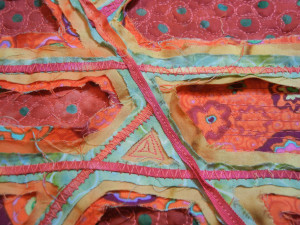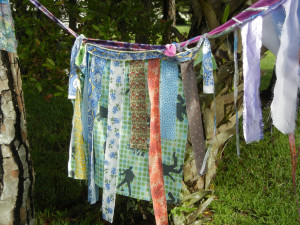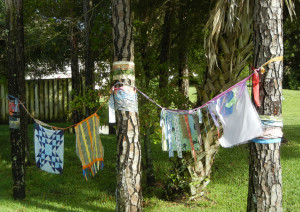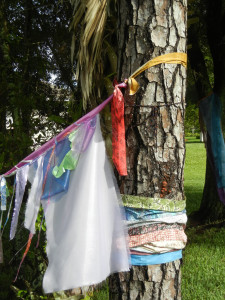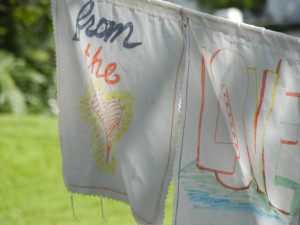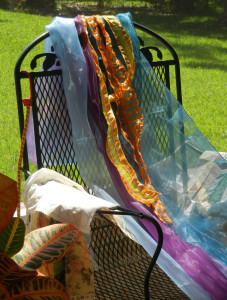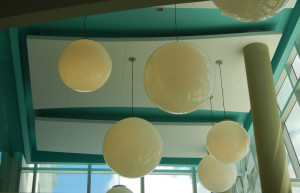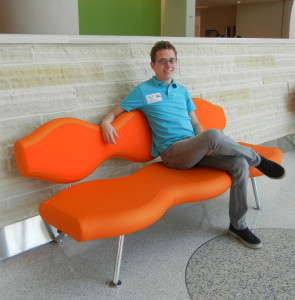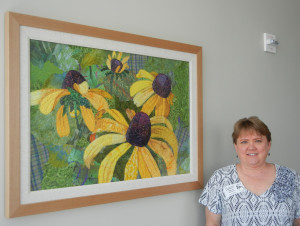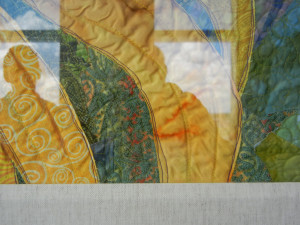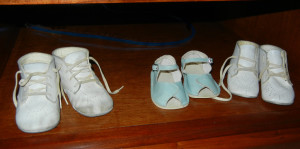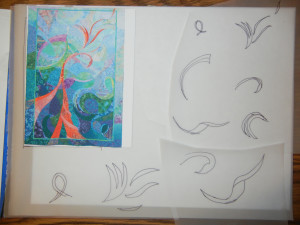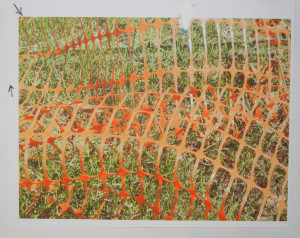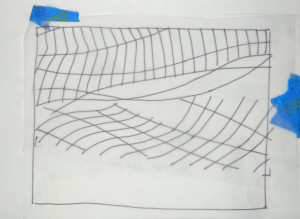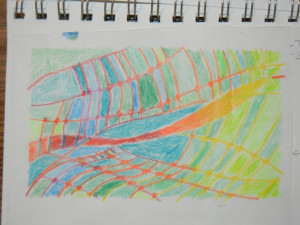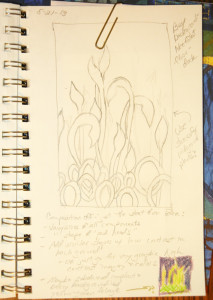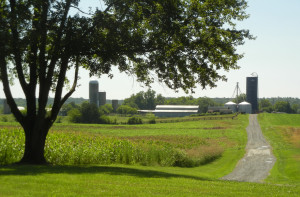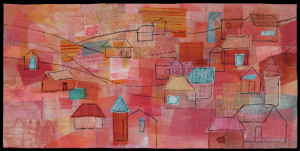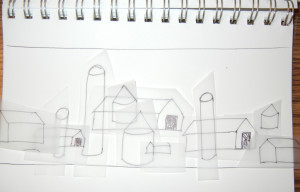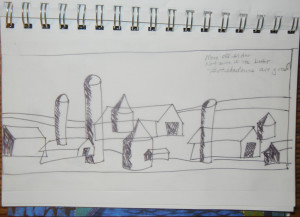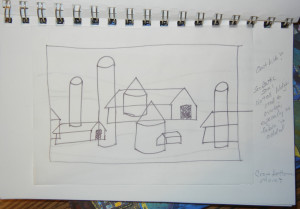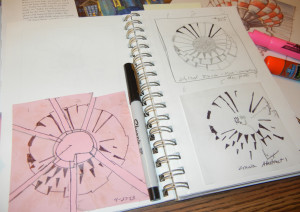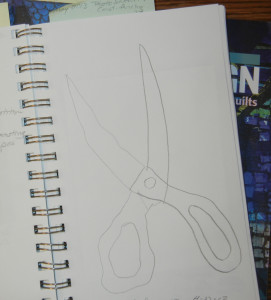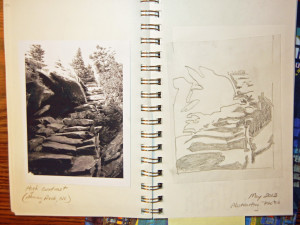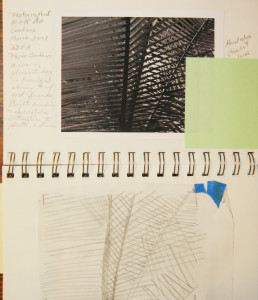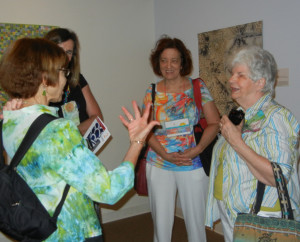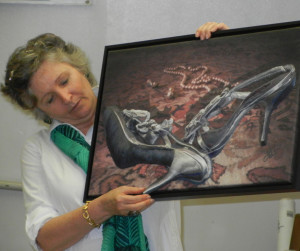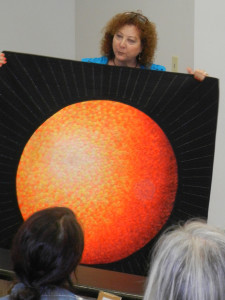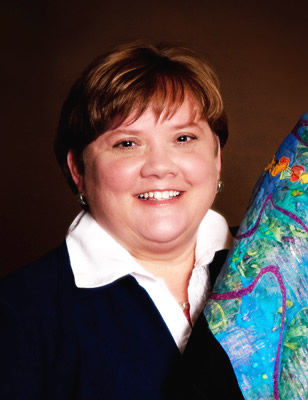Stitch and Slash
I recently took an online class called “Stitch and Slash.” Taught by Carol Ann Waugh, it was extremely well done and tons of fun! As the name implies, the basic idea is to top stitch several layers of fabric, then slash into each one (with a seam ripper,) to reveal subsequent layers. I have to tell you: it is WAY fun to rip fabric this way! And, exposing each new layer and shape is like discovering treasure.
I didn’t have time to devote to a class project, so I decied to just make a small sample. And here it is:
Click any image for a larger view
Maybe not that exciting, but full of potential! I immediately learned to think about the resulting (bottom) shapes and colors, as opposed to the lines I was stitching. A new way to think.
But, check out the resulting texture. I love it!
Carol’s class includes lots of useful tips, like how to maximize the texture. I think I’ll definitely use this technique again.
I’m excited about the convenience and possibilities that online classes offer, both as a student and teacher. What are some of your favorite online classes? Do you prefer video content, or text with still photos?
Ellen Lindner
P.S. See my online class offerings.
